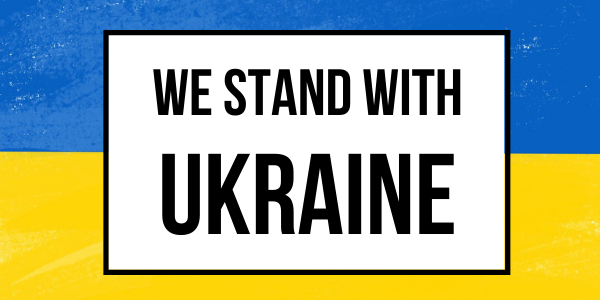Title:Post-9/11 veterans unemployment drops in January
Author:Rick Maze
Date:February 2012
Source:www.armytimes.com
Volume:Volume 3 Issue 67
Amid a host of new and planned programs to help veterans find jobs, the government reported Friday that the unemployment rate for Iraq- and Afghanistan-era veterans fell significantly in January to 9.1 percent.
That jobless rate for veterans who separated from active duty since the 2001 terrorist attacks is down from 13.3 percent in December and from 15.2 percent a year ago.
For veterans of all ages was 7.5 percent, down from 7.7 percent in December, according to the Bureau of Labor Statistics' monthly economic situation report.
Overall, the national employment rate was 8.3 percent for January, down from 8.5 percent in December.
Although the employment picture appears to have improved for young veterans, the data show sharp gender differences. For male veterans of the Iraq and Afghanistan era, the January unemployment rate was 9.1 percent. For women of the same era, the unemployment rate was 17.3 percent.
The higher rate for women is part of a continuing trend that is getting more careful attention in Congress and in federal agencies, although the high percentage could be partly due to the small sample size of veterans used by the Bureau of Labor Statistics to compile the report.
Many efforts are underway to help veterans find jobs. The Veterans Affairs Department is sponsoring job fairs across the U.S. to try to link companies that are hiring with veterans looking for work.
President Obama also is expanding the Veterans Jobs Corps, an idea he talked about during his 2008 presidential campaign. That will include:
- Grants to communities to hire post-9/11 veterans as police, fire and emergency workers;
- A conservation program that could employ up to 20,000 veterans in the next five years to repair trails, roads, levees and recreation areas and work on conservation and habitat restoration projects;
- Two-day workshops in entrepreneurship added to the Transition Assistance Program for those still in the military who are planning to get out, and an additional eight-week online program available once people leave the military.


